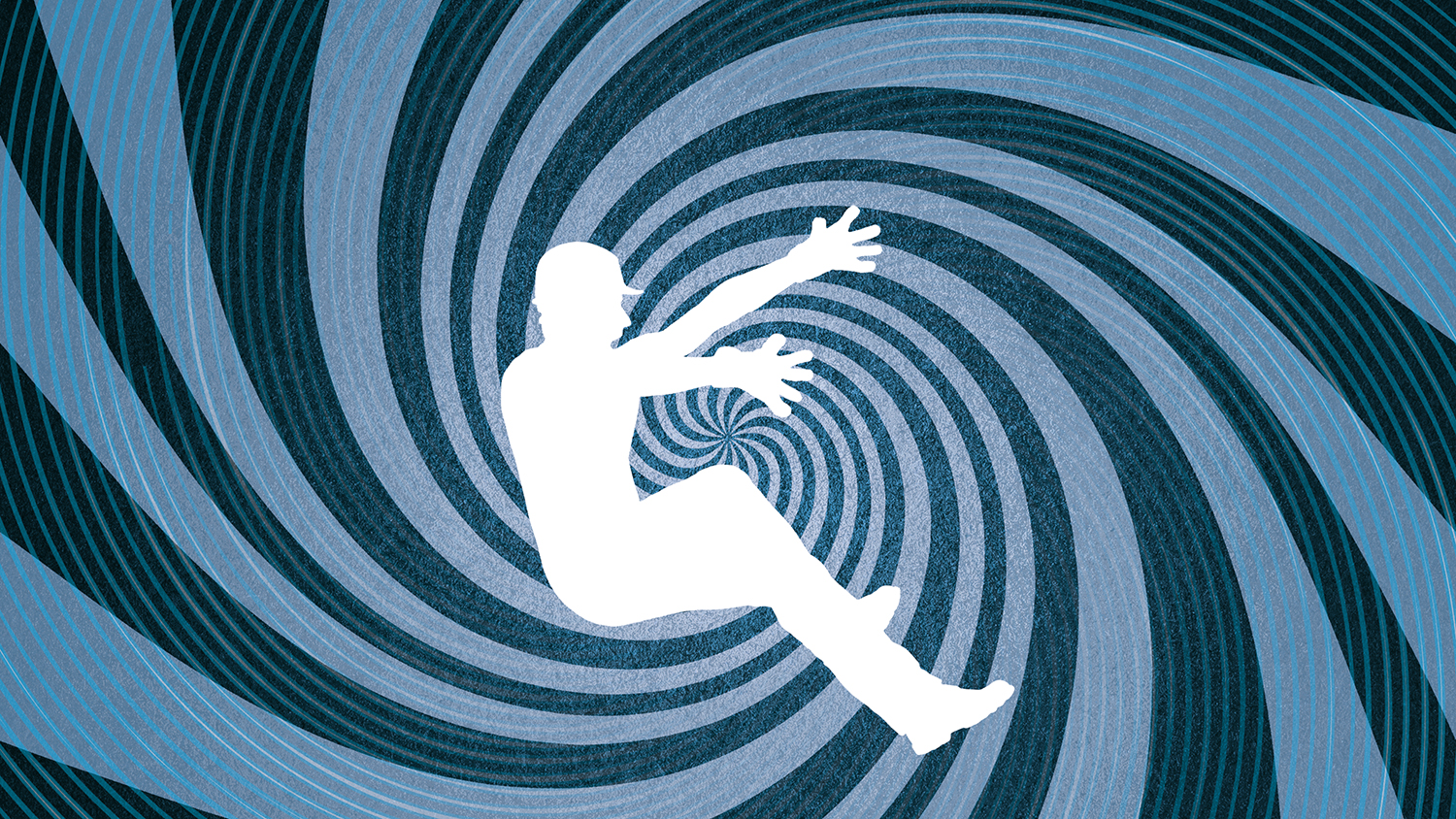
If there’s an accident on your site and the HSE investigates, what happens next? A ‘mock trial’ shows how proceedings work in a health and safety prosecution. Cristina Lago sits in.
CM was in court recently. Only, in this case, the court was a bright room of a riverside London office, those sitting in the dock were lawyers with impressive acting skills, and the jury was made up of curious guests keen to understand what happens during a prosecution following a serious accident at a construction site.
During this ‘mock trial’, the health and safety team at law firm Fieldfisher recreated a prosecution brought forward by the Health and Safety Executive (HSE). Although the company and witnesses involved were all fictional – played by actual lawyers – the case echoed one of the many construction prosecutions brought by HSE. The jury was made up of the guests in attendance – split into three groups to see if they would all reach the same verdict.
The prosecution barrister sent ‘the jury’ a clear message during his opening speech: these proceedings were not just about an accident but about determining if the company accused of health and safety breaches did everything that was at hand to reduce risk.
“Scaffolding is a dangerous business, and the prosecution claims that the company should have taken steps to mitigate risks,” he gravely told the jury.
The circumstances leading to the accident
The court was given the background to the accident. An agency worker hired by fictitious scaffolding company Rud Hill Ltd suffered multiple injuries to the head, spine and one leg following a fall from height at a project in Essex. When the senior projects manager rushed to the scene, he found out that the worker had not been using a security lanyard when the incident happened.
Although Rud Hill employed a team of professional scaffolders trained to varying levels in the Construction Industry Scaffolders Record Scheme, an increase in service demand since the pandemic led the company to hire additional agency workers.
However, Rud Hill had been slow to expand its back-office function and roll out recruitment and training programmes to match its increased hiring strategy. It had also not reviewed its health and safety policies and procedures for some time.
While the senior projects manager was on leave, the managing director tasked a less experienced employee to hire agency workers for the Essex job, who were given a very brief induction to the project and site. They did not receive proper training and no risk assessments were carried out.

When the senior projects manager returned from leave days before the accident, he found that his colleague who had hired the agency workers had not yet completed risk assessments. The senior projects manager raised concerns about this with the MD, who told him he would look into the issue – but then the accident happened.
An investigation by the police concluded that the accident was caused by a failure of Rud Hill to provide appropriate equipment to the agency worker. It also found that there was an overall lack of health and safety systems in place to protect employees, contractors and other third parties. As a result, the police reported the accident to the HSE.
Following the HSE inspector’s investigation, the HSE informed Rud Hill that it would be prosecuted and the matter proceeded to trial.
The charges
Rud Hill was charged with breaching s.3(1) Health and Safety at Work Act 1974 – failing to protect non-employees from health and safety risks from its undertaking.
The mock trial’s time constraints did not allow it to incorporate other charges. However, in this scenario, there was also the possibility of the following charges:
- s.2(1) Health and Safety at Work Act 1974 – failing to protect employees from health and safety risks (in relation to the agency failing to protect the agency worker);
- s.37 Health and Safety at Work Act 1974 – provides for the liability of a director, manager, secretary or similar officer of a body corporate where it is shown that an offence was committed by the company and this was due to the consent or connivance of, or attributable to any neglect on the part of the director or manager, etc.
Evidence and cross-examination
The prosecution’s opening speech was followed by its witnesses’ evidence and cross-examination, including the agency worker who suffered the accident, Rud Hill’s managing director, Rud Hill’s senior projects manager, a company employee and the HSE inspector who carried out the investigation.
The first witness to be called was the agency worker, who gave evidence as to what happened in the lead-up to the accident. Having suffered life-changing injuries didn’t spare him from being ferociously grilled by the defence’s counsel.
“The defence barrister tried to persuade the jury that Rud Hill had done everything it could to prevent the accident and, as such, it should be declared not guilty.”
“There was confusion about what we should or should not be wearing in terms of safety equipment on site,” the agency worker said.
Although he admitted that he often made his own judgement about whether a lanyard was needed, he said he wasn’t provided with one on the day of the accident anyway. He also explained to the prosecution that on his first day he received a short induction and tour of the site but could not remember getting any training or being told about “safe systems of work”.
He accepted that his memory was “quite hazy” as a result of his injuries, a fact that the defence highlighted in his cross-examination.
After the accident, the agency worker had to move back to his parents, who were looking after him. He got tired often, wasn’t working and recovery was taking longer than expected by the doctors. Here, the judge interjected to explain to the jury that these issues would be relevant to the sentence.
During the prosecution’s questioning of the company’s MD, she admitted that her senior projects manager had on occasion raised the issue of health and safety with her but this had not been prioritised due to “other pressing operational issues”.
Perhaps one of the most interesting parts of the trial was the exchange between the judge and the HSE inspector. The former requested that the latter should focus on the facts and actions, not the conclusions he drew.

“You are not an expert, you are an inspector,” the judge said, asking if he had already made up his mind before visiting the site where the accident took place. “Absolutely not,” the HSE inspector replied.
The defence then called Rud Hill’s MD, senior projects manager and employee. Although the employee said that the training on site “was normally good, provided the senior projects manager was about”, it became clear from the cross-examination that Rud Hill’s health and safety procedures had been severely impacted and overlooked since its expansion in recent years.
For example, risk assessments of the project were done only after the accident, a copy of the company’s health and safety policy wasn’t available on site and concerns were raised by the senior projects manager just days before the accident.
In his closing speech, the defence barrister tried to persuade the jury that Rud Hill had done everything it could to prevent the accident and, as such, it should be declared not guilty.
The jury decides
Before the three jury groups retired to ponder the verdict, the judge summed up the evidence of the case.
“You have to decide only those matters that enable you to say whether the charges in this case have been proved,” he told the jury.
“You decide the case on the evidence you have heard, there will be no more and you must not speculate about what other evidence there might have been. But remember, you are bringing with you to your task your good sense and life experience and so you are entitled to draw inferences – that is, come to commonsense conclusions based on the evidence you have heard.”
After much deliberation, two out of the three groups declared Rud Hill guilty, considering the company’s health and safety shortcomings meant it missed important steps to mitigate risks on the project. The third group didn’t consider that the evidence presented was compelling enough to find Rud Hill guilty.
Unfortunately, time ran out before the court could decide on a fine.











